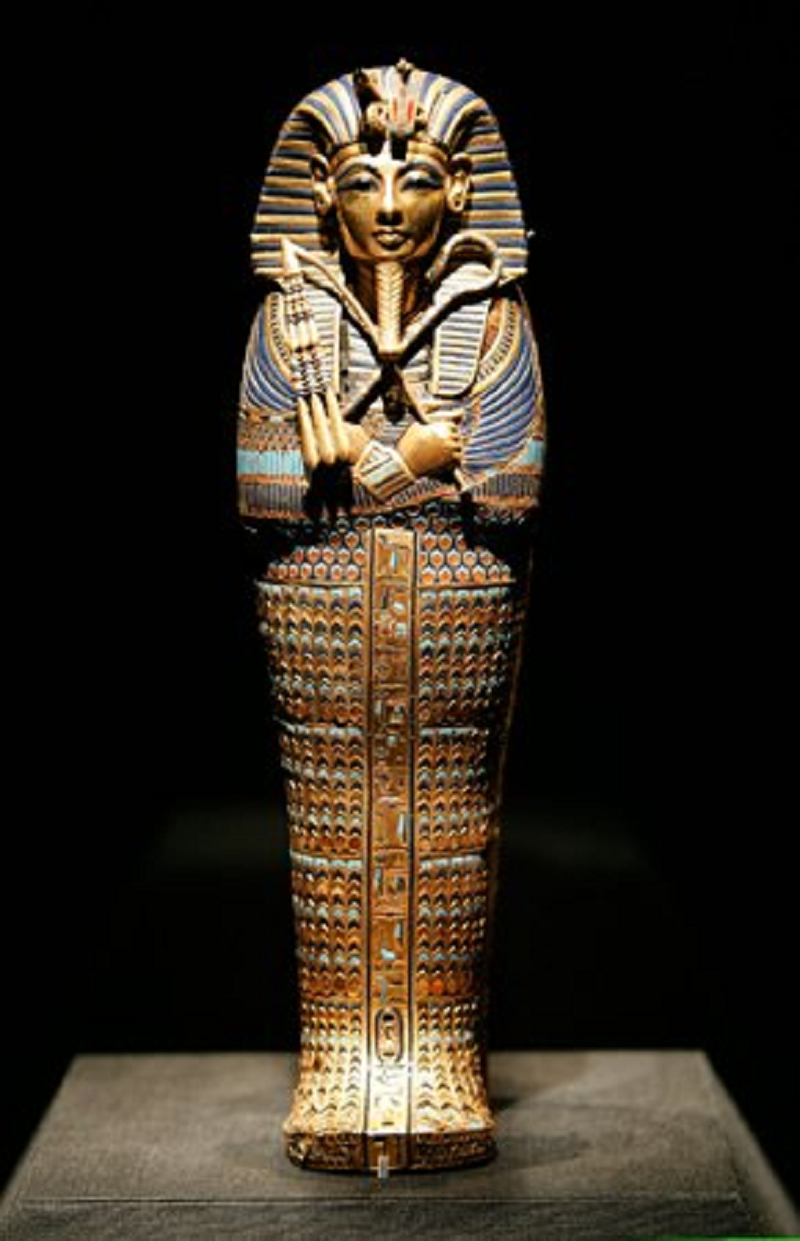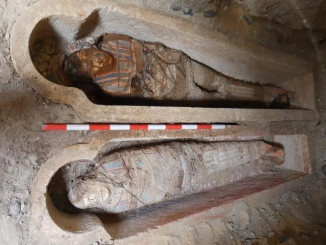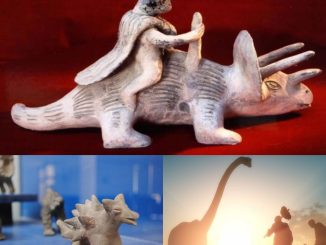In the annals of history, certain names resonate with an enigmatic allure, sparking imaginations and kindling a curiosity that transcends time. Among these illustrious figures stands King Tutankhamun, commonly known as King Tut, whose tomb, discovered nearly a century ago, continues to captivate the world with its treasures and mysteries. Join me on a journey through the sands of time as we delve into the archaeological marvels surrounding the life and legacy of this ancient Egyptian pharaoh.
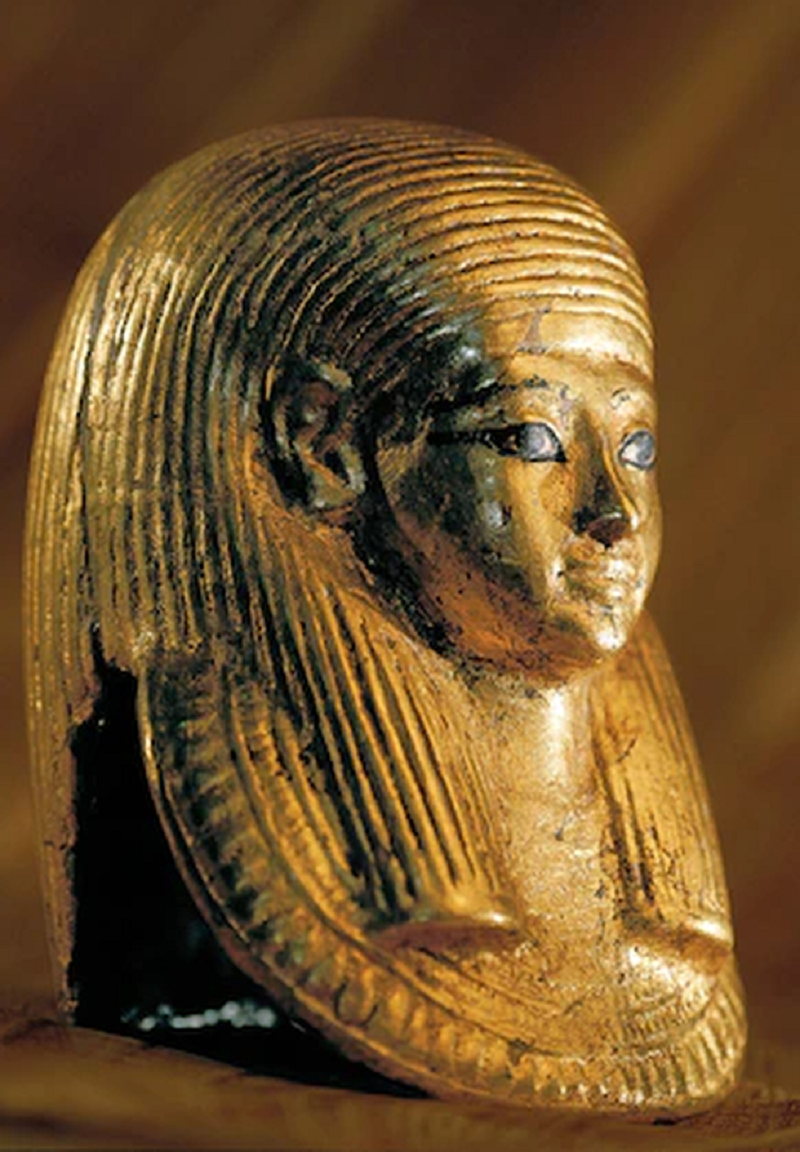
The Discovery of the Tomb
In the early 20th century, British archaeologist Howard Carter embarked on a quest that would forever change our understanding of ancient Egypt. On November 4, 1922, after years of meticulous excavation in the Valley of the Kings, Carter unearthed the entrance to a tomb, marked with the seal of Tutankhamun. What followed was a moment of unparalleled significance in the field of archaeology—the discovery of a virtually intact royal tomb, hidden from the world for over 3,000 years.
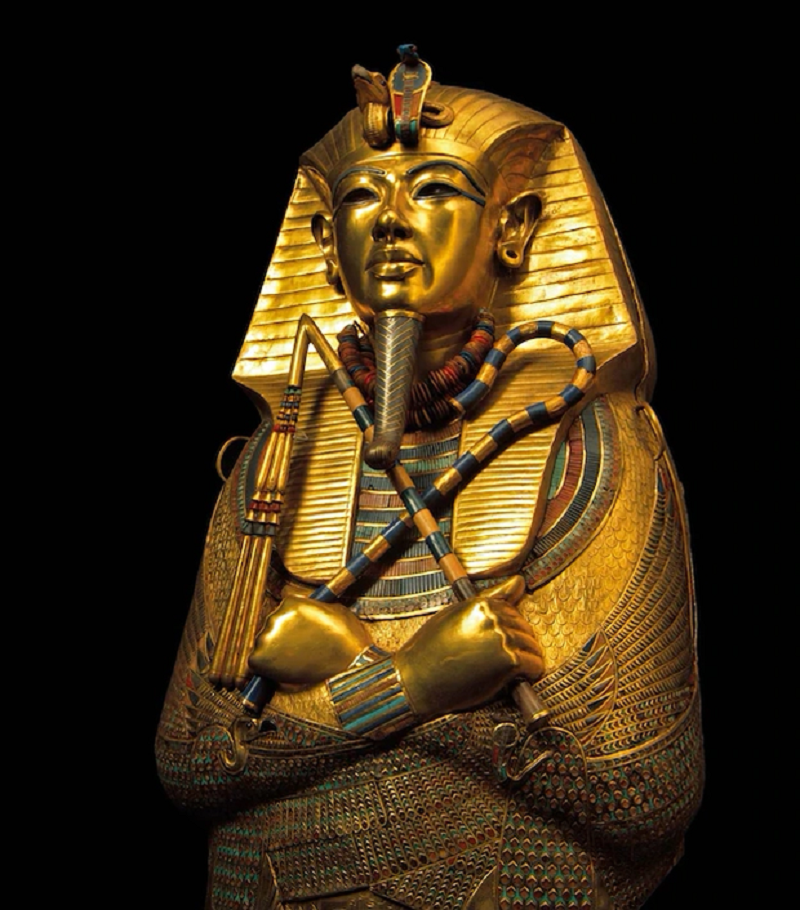
The Treasures Within
As the world held its breath, Howard Carter and his team carefully explored the depths of the tomb, revealing a trove of treasures unparalleled in richness and historical significance. Amidst the golden splendor and intricate artifacts lay the sarcophagus of King Tutankhamun, adorned with exquisite craftsmanship and hieroglyphic inscriptions depicting scenes from Egyptian mythology.
Among the most iconic discoveries was the golden death mask of Tutankhamun, a masterpiece of ancient artistry that adorned the pharaoh’s mummified remains. Crafted from solid gold and encrusted with precious gemstones, the mask symbolized the eternal journey of the soul in the afterlife, a testament to the profound religious beliefs of the ancient Egyptians.

Unraveling the Mysteries
Beyond the dazzling treasures, the discovery of King Tutankhamun’s tomb sparked a flurry of scholarly inquiry and speculation. Who was this enigmatic pharaoh, and why was his tomb hidden in such obscurity? As archaeologists pieced together fragments of history, a portrait of Tutankhamun began to emerge—a young ruler thrust onto the throne of Egypt at the tender age of nine, amidst a period of political upheaval and religious reform.
While the treasures of Tutankhamun’s tomb offered invaluable insights into ancient Egyptian culture and craftsmanship, they also raised tantalizing questions about the pharaoh’s life and untimely death. Forensic analysis of Tutankhamun’s mummified remains suggested that he may have died unexpectedly, possibly as a result of illness or injury. Theories abound regarding the circumstances surrounding his demise, from accidents to assassination plots, yet the truth remains shrouded in the mists of time.

Legacy of King Tut
Despite his brief and relatively obscure reign, King Tutankhamun left an indelible mark on history, his name immortalised through the discovery of his tomb and the treasures within. Beyond the glimmering artifacts lies a legacy that transcends the confines of mortality—a testament to the enduring power of human curiosity and the timeless allure of ancient mysteries.
From the halls of museums to the pages of text books, the story of King Tutankhamun continues to inspire and intrigue, inviting us to ponder the mysteries of the past and marvel at the wonders of human ingenuity. As we gaze upon the golden mask of Tutankhamun, let us remember the ancient pharaoh who defied the sands of time, leaving behind a legacy that continues to illuminate the path of discovery for generations to come.

Conclusion
In the realm of archaeology, few discoveries rival the magnitude and significance of King Tutankhamun’s tomb. From its humble beginnings in the Valley of the Kings to its immortalization in the annals of history, the story of Tutankhamun serves as a testament to the enduring allure of ancient mysteries and the boundless potential of human curiosity. As we reflect on the treasures unearthed from the sands of Egypt, let us not only marvel at the splendor of the past but also embrace the journey of discovery that continues to unfold before us, beckoning us to explore the depths of our shared human heritage.
